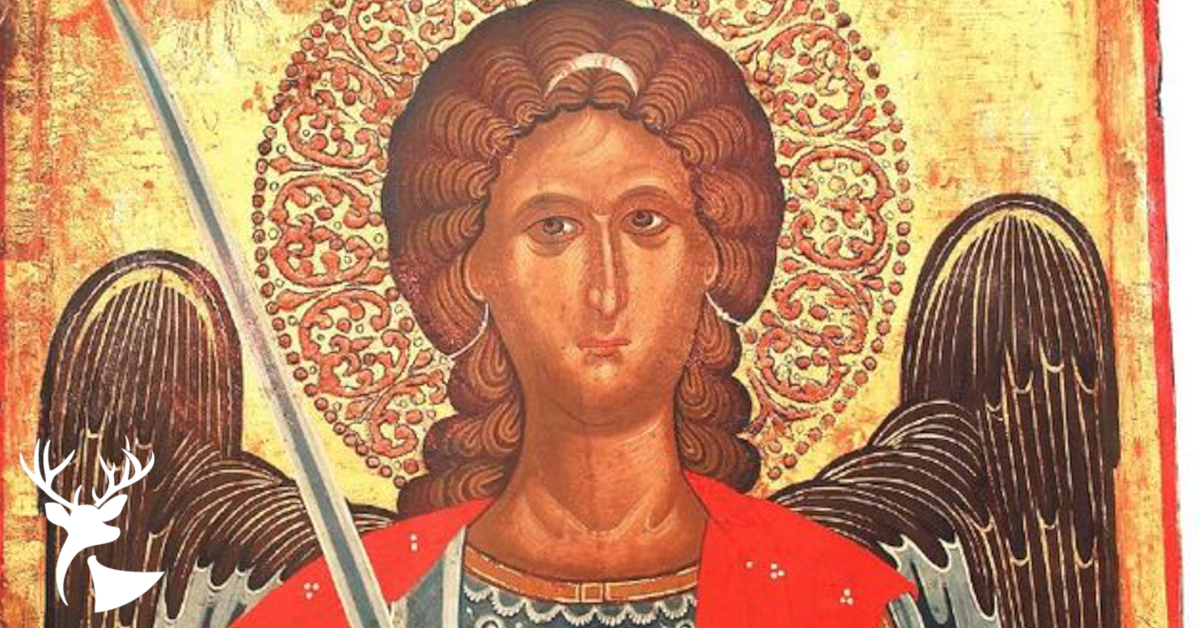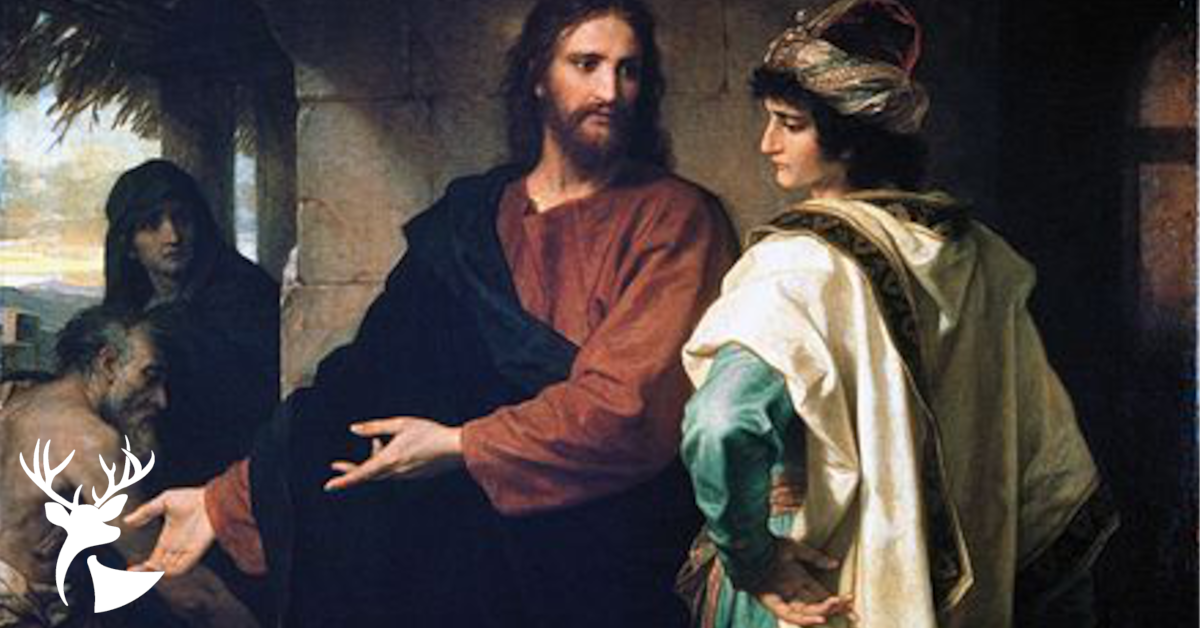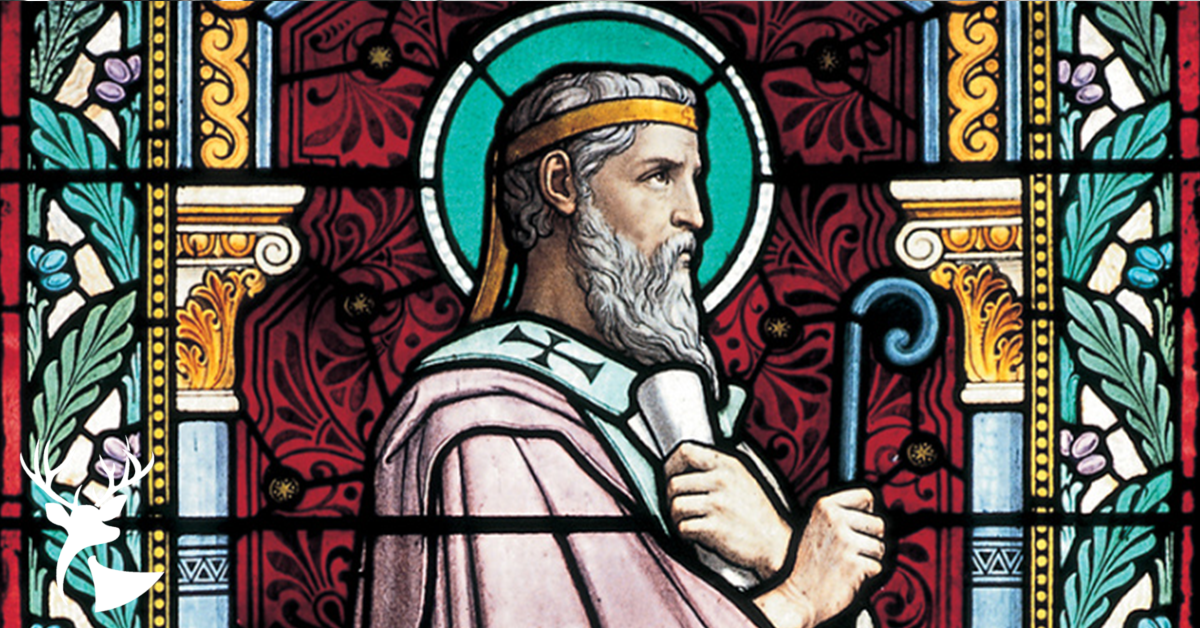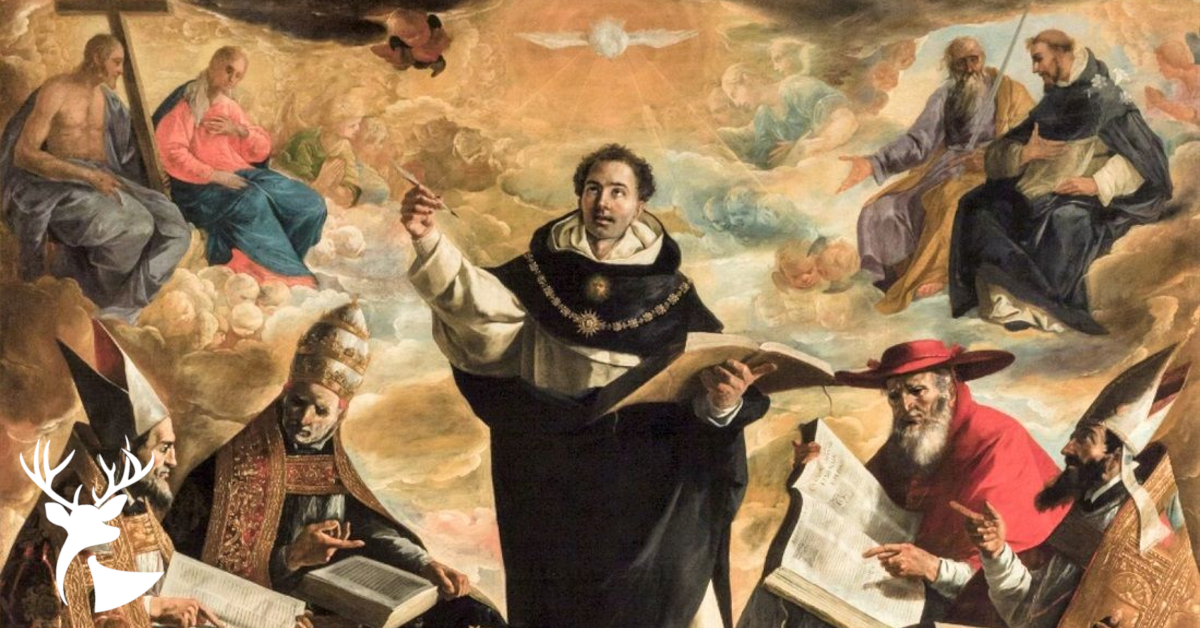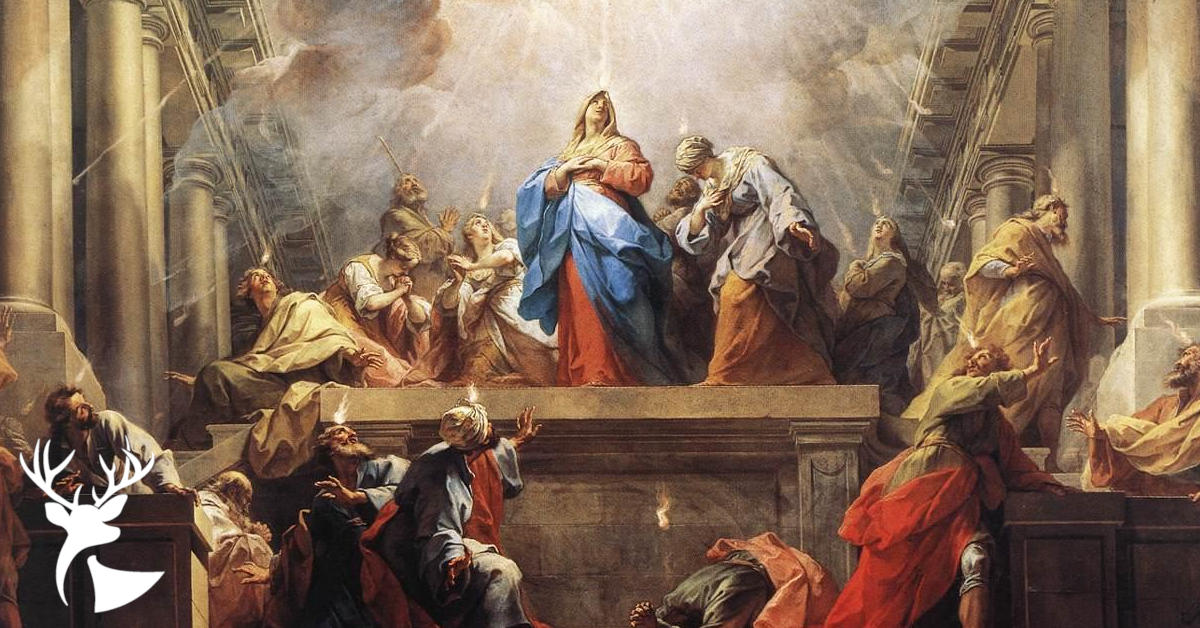
Mason Beecroft is a freelance Catholic writer in the Diocese of Tulsa & Eastern Oklahoma.
Mason Beecroft is a freelance Catholic writer in the Diocese of Tulsa & Eastern Oklahoma.
← Return to EssaysStay Connected!
“The Church is not an institution devised and built at table, but a living reality. She lives along the course of time by transforming Herself, like any living being, yet Her nature remains the same. At Her heart is Christ.”
—Romano Guardini
Romano Guardini is one of the most important voices in Catholic intellectual discussions of the last century. This is most evident in the significant influence his works have had on the last three popes. While a student at the University of Munich, Pope Francis started to write a dissertation on him and recently stated, “I am convinced that Guardini is a thinker who has much to say to the men of our time, and not only to Christians.” Some scholars have argued that much of Pope Benedict XVI’s theological work is a lengthy mediation on his thought. When Benedict XVI resigned his papacy, he cited the above quote from Guardini. And Guardini’s 1918 work, The Spirit of the Liturgy, became the subject of a dialogue with Max Scheler, who was the focus of Pope St. John Paul II’s doctoral dissertation.
Moreover, Guardini’s writing and thought was considered a significant influence on the Second Vatican Council, even though personally he was dissatisfied with its implementation. Pope Paul VI even offered to make him a cardinal in 1968, but he declined. As the author of 75 books, his influence on Catholic thought continues to this day. In commemoration of his faithful life and ministry, he was declared a Servant of God in 2016. The gravity of Romano Guardian’s theological and philosophical reflections continue to impact the life of the Church and its faithful nearly 140 years after his birth.
Romano Guardini was born in Italy in 1885. A year later, his father moved the family to Mainz, Germany where he raised the family as devout Catholics. Guardini was an excellent student, but during his university years his faith was challenged by the pervasive agnosticism and atheism. He suffered from depression and experienced a spiritual crisis. When he was home on vacation, he was engaged by this passage from St. Matthew’s Gospel: “Those who find their life will lose it, and those who lose their life for my sake will find it.”
“It became clear to me that there exists a law according to which persons who ‘find their life,’ that is, remain in themselves and accept as valid only what immediately enlightens them, lose their individuality. If they want to reach the truth and attain the truth in their very selves, then they must abandon themselves…,” he later reflected.
After resolving his own crisis of faith, Guardini studied for the priesthood at the University of Mainz. He entered Holy Orders in 2010 and then spent the next decade serving in various parish assignments while he pursued doctoral studies in theology. Guardini’s real desire was to teach in the academy so that he could explore the impact of modernity in the life of the Church and the culture. This relationship between faith and culture was central to much of his theological thought.
“The task of Christian culture is twofold: on the one hand, to penetrate and transfigure nature by grace; on the other, to unlock revelation and take possession of it by means of nature,” he wrote in his essay, Thoughts on the Relation between Christianity and Culture.
While doing his doctoral studies at the University of Freiburg, Guardini chose to focus his attention on St. Bonaventure, which was unusual since Thomism dominated theological discussions in the Church at the turn of the last century. Guardini, however, found the rigid Thomism of the day to be cold and impersonal. His decision to write his dissertation on the Soteriology of St. Bonaventure even caused conflict with his clerical superiors and prevented him from obtaining a teaching position at the seminary.
After finishing his dissertation in 1915, Guardini served in the military as a hospital orderly and directed Juventus, a Catholic organization of students. He also became close friends with Ildefons Herwege, the abbot of the Benedictine monastery of Maria Laach, which was the center for liturgical renewal in Germany. The centrality of the liturgy became a key theme in Guardian’s faith and thought. He published The Spirit of the Liturgy in 1918 and it became a best-seller in Germany and popular work for Catholics everywhere.
He believed that the liturgy was a means to overcome the cold rationalism in the Church. He argued that the liturgy had a sort of playfulness, writing, “The soul must learn to abandon, at least in prayer, the restlessness of purposeful activity; it must learn to waste time for the sake of God, and to be prepared for the sacred game with saying and thoughts and gestures, without always immediately asking ‘why?’ and ‘wherefore?’” The liturgy is, to be sure, serious play, with set rules and complex symbols, but these are all in service of a deeper experience of God.
For Guardini, the spirit of the liturgy is above all a spirit of community, uniting the faithful with each other even as it unites them to God. This theme of community in the Mass and the Church was further developed in his 1922 work, The Church and the Catholic. Against the prevailing individualism of the day or the increasing popularity of communism, both of which destroy true community, Guardini contended that the Church as the Body of Christ is a community made possible by the voluntary association of people with “free personality,” which is necessary for any true community.
After writing his second dissertation on St. Bonaventure at the University of Bonn in 1924, Guardini earned a position as the chair of Philosophy of Religion and Catholic Worldview at the University of Berlin, which was largely Protestant and anti-Catholic. This academic position at a non-Catholic university left him outside the dominant intellectual circles of the period. Also, his focus on liturgy and community was unique. He avoided Thomistic language and categories as well as the popular focus on apologetics. Further, he engaged with classic literature and world religions, areas that few Catholic thinkers dared to explore during that period.
While he was not popular in Catholic academic circles, he began to attract the attention of some of the brightest young Catholic minds, including Josef Pieper, Hans Urs von Balthasar, and Hannah Arendt. Yet even as Guardini was willing to dialogue with modern thought and other religions, there was no doubt that Jesus Christ was the unique center of all truth. But Christianity was more than a set of rigid dogmas, it was a personal engagement with the person of Jesus Christ. This explains his focus on the Church as a community and the liturgy as the pinnacle of life in the Church.
One of Guardini’s earliest and most influential works offers an insight into his thought. His Letters from Lake Como is a collection of his observations about the relationship between technology and humanity. Guardini reflected on “the manner in which human beings, through their architecture and craftsmanship, interacted non-invasively and respectfully with nature.” But he noticed that this interaction had started to change in the modern world and humanity had become more aggressive and domineering toward the creation through its architecture.
Guardini argued that technology “has become a destiny that subjugates its human creators as much as their creations” and believed that the modern person “must recover a sense of the sacred before the sacred name can be heard again.” He contended that technology had introduced an artificiality of existence, abstracting the person from reality and reducing the human experience to concepts, formulas and sentiments. While acknowledging the potential benefits of technology, he said we must receive it “yet with incorruptible hearts remain aware of all that is destructive and nonhuman in it.”
The most popular work in his extensive corpus is The Lord, first published in Germany in 1937 and introduced to English readers in 1954. In The Lord, Guardini offers reflections and commentary on the life and person of Jesus Christ and what faith in Him requires. Still popular with the Catholic faithful, Pope Benedict XVI commented, “The Lord has not grown old, precisely because it still leads us to that which is essential, to that which is truly real, Jesus Christ Himself. That is why today this book still has a great mission.”
Romano Guardini reflects on the nature of faith in The Lord, “Understanding of Christ requires a complete conversion, not only of the will and the deed, but also of the mind. One must cease to judge the Lord from the wordly point of view and learn to accept His own measure of the genuine and the possible; to judge the world with His eyes. This revolution is difficult to accept and still more difficult to realize, and the more openly the world contradicts Christ’s teaching, the more earnestly it defines those who accept it as fools, the more difficult that acceptance, realization. Nevertheless, to the degree that the intellect honestly attempts this right-about-face, the reality known as Jesus Christ will surrender itself. From this central reality, the doors of all other reality will swing open, and it will be lifted into the hope of the new creation.”
More Reading

Mason Beecroft is a freelance Catholic writer in the Diocese of Tulsa & Eastern Oklahoma.


